Water for Hill Agriculture: Unlocking Potentials
Synopsis
The entire agriculture production system is based on how efficiently the natural resources are utilized, therefore, soil and water play the most critical role in this process. India has the onus of feeding 17% of worlds human and 11% of the livestock population on 4% of the water resources and 2.3% of the land. It is also a harsh fact that the availability of these two precious resources is reducing each passing day. On one hand, the net cultivated area has hovered around 140+-2 million ha since 1970 i.e. for almost 4 decades, with very little scope of area expansion. On the other hand, it is estimated that a minimum of 400 million tones of food production annually would be the required to feed a population likely to cross 1.5 billion by 2050. Obviously, the natural resources are going to be put under enormous strain as there is no alternative to intensification of agricultural activities to ensure food security. Although the annual long term average rainfall of India is117cms compared to the global average of 110cms, it is highly erratic in its spatial and temporal distribution. The uncertainty of rainfall is going to increase further as a consequence of global warming, worsening the situation in rainfed regions in particular. Of the total precipitation that falls in the country, less than 29% is harvested or utilized and 21% if it is lost to the sea. It is also the hill eco-system which is associated with higher rainfall. This is the reason why soil erosion rates are very high in this eco-system. For example, in the state of Himachal Pradesh, more than 30% i.e. almost one third of the geographical area, has soil erosion rates of more than 10t/ha/year. This not only results in the loss of soil but also nutrients. It is estimated that at the national level, 5.3 billion tones of soil and 6 million tones of nutrients are lost resulting in an economic loss in production of more than Rs.11,000 crores.
The All India Coordinated Research Project on Water Management, which was established in Karnal in 1969 also has the specific mandate of developing and generating technologies related to water management in high rainfall areas. The centre at C.S.K. Himachal Pradesh Agriculture University, Palampur, which was started in 1972, has been contributing very significantly on these aspects. Since, water is going to occupy centre stage locally, nationally and internationally, both in the short term and long term, it is imperative that this precious resource is managed efficiently and effectively in a sustained manner. The initiative taken by the scientists working at the Centre in compiling this publication on all issues related to water management for the hill region entitled “Water for Hill Agriculture: Unlocking Potentials” is a very timely publication. In this single compilation, the authors have looked at all aspects of water management be it irrigated or rainfed agriculture. The introductory chapter has documented the water resources of the region. Another chapter highlights the traditional “Kuhl” irrigation and ways and means of enhancing water efficiency. Rainwater harvesting, which is so essential for sustaining the productivity and enhancing cropping intensity, has been dealt with comprehensively along with watershed development. Irrigation water use efficiencies area generally very low and an improvement in their efficiencies through the interventions developed by the Centre will go a long way in sustaining this finite resource.
Read more
The All India Coordinated Research Project on Water Management, which was established in Karnal in 1969 also has the specific mandate of developing and generating technologies related to water management in high rainfall areas. The centre at C.S.K. Himachal Pradesh Agriculture University, Palampur, which was started in 1972, has been contributing very significantly on these aspects. Since, water is going to occupy centre stage locally, nationally and internationally, both in the short term and long term, it is imperative that this precious resource is managed efficiently and effectively in a sustained manner. The initiative taken by the scientists working at the Centre in compiling this publication on all issues related to water management for the hill region entitled “Water for Hill Agriculture: Unlocking Potentials” is a very timely publication. In this single compilation, the authors have looked at all aspects of water management be it irrigated or rainfed agriculture. The introductory chapter has documented the water resources of the region. Another chapter highlights the traditional “Kuhl” irrigation and ways and means of enhancing water efficiency. Rainwater harvesting, which is so essential for sustaining the productivity and enhancing cropping intensity, has been dealt with comprehensively along with watershed development. Irrigation water use efficiencies area generally very low and an improvement in their efficiencies through the interventions developed by the Centre will go a long way in sustaining this finite resource.
34.20
30.78
$
38.00 $
Free delivery Wolrdwidе in 10-18 days
Ships in 1-2 days from New Delhi
Membership for 1 Year $35.00
Get it now and save 10%
Get it now and save 10%
BECOME A MEMBER

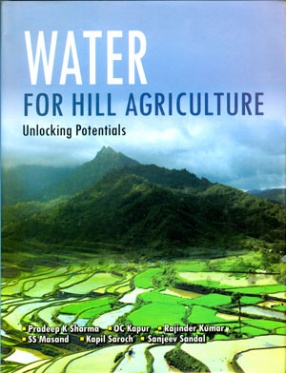
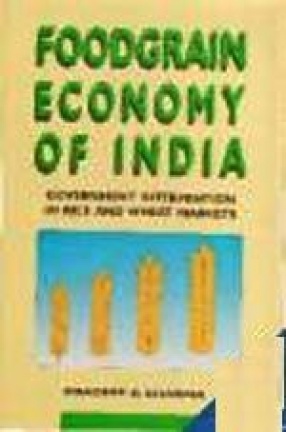

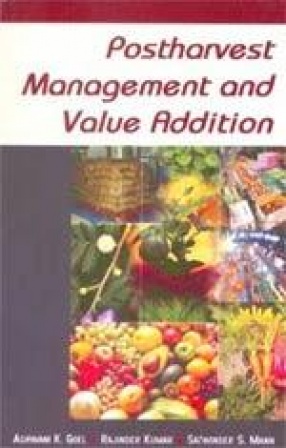
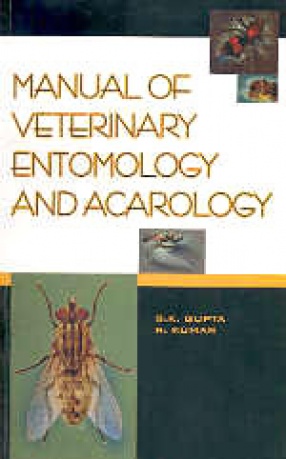
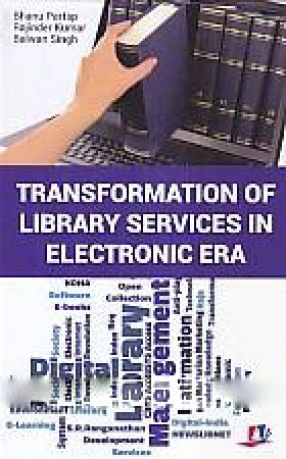
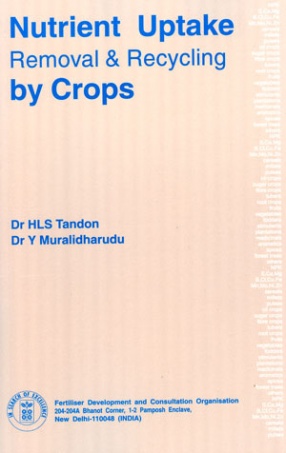
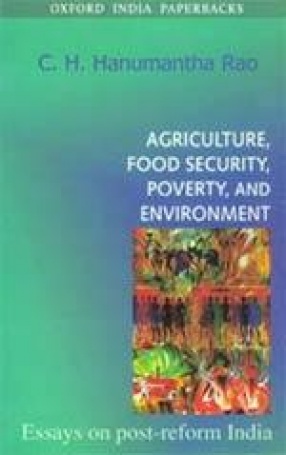

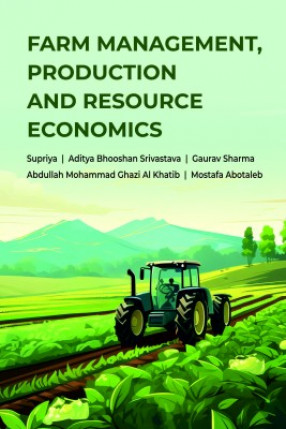

Bibliographic information
O C Kapur
Rajinder Kumar
S.S. Masand
Kapil Saroch
Dr. Sanjeev Sandal